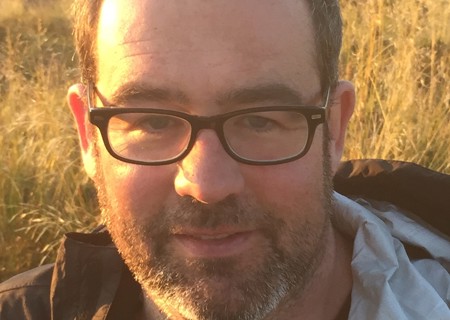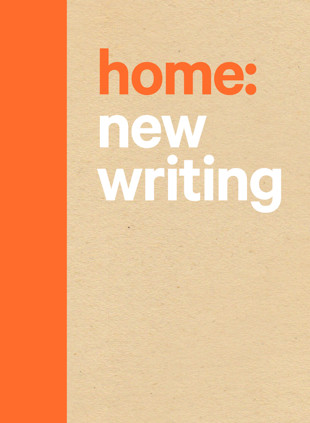1. When you first started thinking about this collection, what was your hope for it?
What I wanted from Home was to be surprised — to be shown new ways of thinking about a subject that’s always on my mind.
2. Expectations met? Or exceeded?
In this collection, ‘home’ emerges as nothing less than a way of being in the world. It’s personal, intimate, politicised, mysterious, mundane, sensory, intellectual, close-by, forever lost, and always in the process of being discovered — sometimes all in a single essay! So, yeah, my mind has been cracked open by this collection.
3. What were you looking for from your contributing writers?
I think what I really wanted was some raw honesty on the page. I hoped that contributors wouldn’t let any kind of veneer come between their words and our eyes. My wish was granted.
4. What’s one new thing you learnt while editing the book?
I think there’s a hunger now for essays that speak broadly to the urgent issues of our times, and one thing that I discovered in the course of editing Home was how universally this concept speaks to almost everyone.
5. What makes an excellent essay?
I think an excellent essay is one that makes us feel both lost and safe at the same time, as if we’re being led deeper and deeper into the wilderness without any worry about where we’ll end up.
6. How ‘creative’ can non-fiction actually be?
I know that some readers are a bit perplexed by the term ‘creative non-fiction’, but even science acknowledges that creating reality is always part of any reality. In other words, all non-fiction is inherently creative in that what we perceive as ‘real’ or ‘true’ is always in some degree created by our perception. Everything from the individuality of sensory experience to cultural values to intellectual capacity determines how we create truth. Creative non-fiction differs from non-fiction in not only acknowledging the creative aspect of reality-making, but also in celebrating it!
7. You are a busy university teacher and a novelist, and you have a young family. What’s the best time of day for you editing and writing?
Ha! There’s no good time of day for writing and editing, only the least bad time of the day, which, for me, is always first thing in the morning.
8. What strategies do you deploy when the going gets tough?
Wine. Is there something else you could recommend? I’m open to suggestions!
9. What are you reading at the moment?
I’ve been reading short fiction mostly of late, as I’m preparing to design a new short-fiction creative writing course at Massey. This reading includes some recent collections, such as Deleted Scenes for Lovers by Tracey Slaughter, My Mother and the Hungarians by Frankie McMillan, and Black Marks on a White Page, an as-of-yet unpublished collection of Māori and Pasifika short fiction edited by Tina Makereti and Witi Ihimaera; but it also includes reading some old favourites such The Collected Stories of Lydia Davis, Like Life by Lorrie Moore, and Pastorlia by George Saunders.
10. Will there be a follow-up volume?
I’m planning to edit a volume of short essays on the theme of climate. The collection will include essays on climate change, but we’ll also take on broader responses to the notion of climate, such as investigations into the political and artistic climate or personal meditations on climate/s.


